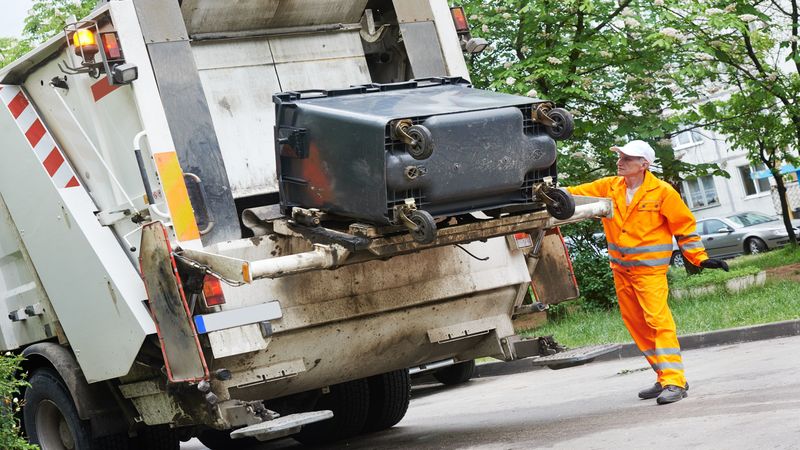In dewatering biosolids, the process involves removing water and changing the sludge or biosolids into a damp or dry solid. This is a critical aspect of the operation of downstream processes involved in wastewater treatment. A reliable dewatering operation needs to trap all the sludge or the biosolids at lower costs while the dry biosolids or cake should be handled without presenting another set of problems. The process should not only be reliable but also easy to operate and compatible with all other treatment plant systems in order to ensure efficiency and cost effectiveness. There are important things to consider when choosing equipment for wastewater sludge dewatering.
Cost of Disposal and Volume of Biosolids
When selecting equipment to help in wastewater sludge dewatering, it is paramount to consider the cost implications. The volume of biosolids being handled can determine what type of equipment will work best for each situation. You want to ensure that it is a reliable dewatering system that will cost you less. Another element is the cost of electricity and labor. The workforce to operate the equipment and the electricity should also be cost effective.
Available Space
The space available to set up the system should be adequate. You need to ensure that other systems within the environment such as the electrical, pumping, septic systems, and landscape features will not be affected by the equipment. Having adequate space will ensure that the process is conducted safely.
Ease of Maintenance
You want to have a system that is easy to maintain. If you obtain the equipment from suppliers who have been in this business for some time, it is likely that you will get the support, especially when it comes to servicing and maintaining the equipment. This is critical because it promotes efficiency and reduces chances of downtimes or breakdowns, which may impair the dewatering process.
The wastewater sludge dewatering should conform to the regulations to avoid legal troubles. The handling of the materials needs to be done in a safe manner to prevent health risks and the possibility of causing harm to people. And with the right equipment and support, it is possible to dewater sludge and protect the environment.








